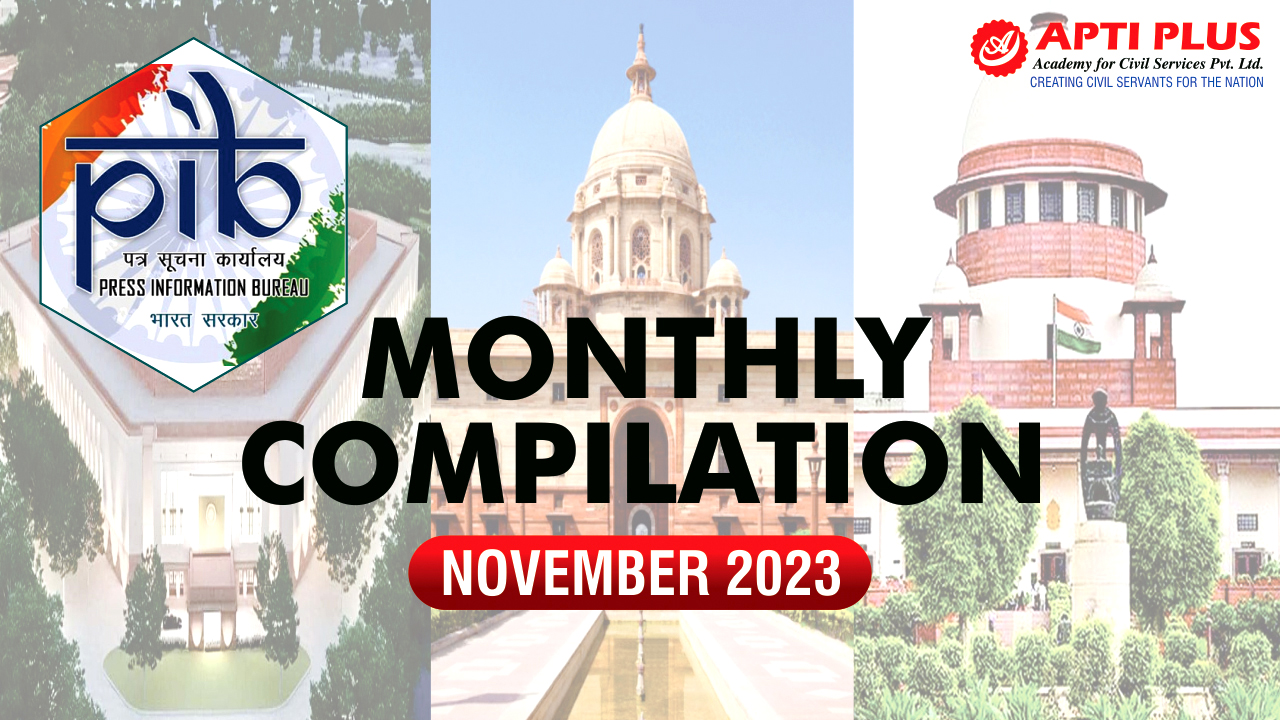Description

Disclaimer: Copyright infringement not intended.
Context
The Karnataka High Court directed the Kalaburagi district authorities to remove encroachments from the historical fort of Bahmani Sultans in the city.
Details
- The Bahmani Sultanate, also known as the Bahmanid Empire, was a significant medieval Muslim state in the Deccan region of South India.
- It was established by Ala-ud-Din Hasan Bahman Shah in 1347 and lasted until 1527 when it fragmented into five smaller states.
Foundation and Expansion
- Establishment by Hasan Bahman Shah: The Bahmani Sultanate was founded by Hasan Bahman Shah, a governor appointed by the Delhi Sultanate. He declared independence and established his capital at Gulbarga.
- Territorial Expansion: Under subsequent rulers, especially during the reigns of Muhammad Shah I and Firuz Shah, the Bahmani Sultanate expanded its territories across the Deccan region, encompassing areas such as Gulbarga, Bidar, Bijapur, and Golconda (modern-day Hyderabad).
Administration and Governance
- Feudal System: The Sultanate was administratively divided into four provinces (Daulatabad, Bidar, Berar, and Gulbarga) with tarafdars or subedars governing each. The sultanate was governed through a decentralized feudal system. Provinces were ruled by governors known as walis or nayaks, who held considerable power in their respective regions.
- Central Administration: The sultanate had a centralized administrative structure with key departments handling revenue, justice, and military affairs.
Cultural and Socio-Economic Development
- Patronage of Arts and Culture: The Bahmani rulers were patrons of art, literature, and architecture. They encouraged the development of Deccani culture, which was a blend of Persian and Indian influences. Notable structures include Gulbarga's Jama Masjid, Bidar's Rangeen Mahal, and Bijapur's Gol Gumbaz. Urdu, Persian, and Arabic literature flourished during this period.
- Promotion of Regional Languages: The Bahmani court supported the use of local languages like Dakhni (early form of Urdu) and Kannada, contributing to their literary growth.
- Economic Prosperity: Trade and commerce flourished in the Bahmani Sultanate due to its strategic location. The region was a center for international trade, particularly in horses, textiles, and spices.
Religious Policies
- Religious Tolerance: The sultans followed a policy of religious tolerance, allowing diverse religious communities like Hindus, Muslims, Jains, and Christians to coexist peacefully.
- Promotion of Syncretic Culture: The sultanate's cultural milieu was marked by the syncretic blending of different religious traditions and practices.
Decline and Fragmentation
- Internal Strife and Dynastic Conflicts: As the Bahmani Sultanate expanded, internal conflicts and power struggles among the nobility weakened its unity.
- Rise of Five Successor States: In 1527, the sultanate disintegrated into five smaller states known as the Deccan Sultanates: Ahmadnagar, Bijapur, Golconda, Berar, and Bidar, each ruled by independent rulers.

Rulers
Founding Ruler:
- Ala-ud-Din Hasan Bahman Shah (1347-1358):
- Founder of the Bahmani Sultanate after declaring independence from the Delhi Sultanate.
- Established Gulbarga as the capital and began the Sultanate's expansion in the Deccan region.
Early Rulers:
- Muhammad Shah I (1358-1375):
- Consolidated power and expanded Bahmani territories.
- Shifted the capital to Bidar.
- Promoted art, literature, and culture.
- Firuz Shah (1397-1422):
- Extended Bahmani rule further into the Deccan and introduced administrative reforms.
- Encouraged trade and commerce, contributing to economic prosperity.
Golden Age Rulers:
- Ahmad Shah I (1422-1436):
- Notable for his patronage of art and culture, fostering a thriving cultural scene.
- Facilitated the development of the Dakhni language (early form of Urdu).
- Alauddin Ahmad Shah II (1436-1458):
- Continued the cultural and literary advancements initiated by his predecessors.
- Faced internal revolts and external threats during his reign.
- Mahmud Gawan (1466 to 1481):
- Sultanate witnessed its zenith.
- Gawan's military campaigns expanded the Sultanate's territory, including the reconquest of Goa from Vijayanagar.
Later Rulers:
- Mahmud Shah I (1482-1518):
- Ruled during a period of internal turmoil and external invasions.
- Struggled to maintain unity among the nobility, leading to the weakening of the Sultanate.
- Kalim Allah (1518-1527):
- Last ruler of the unified Bahmani Sultanate.
- His reign witnessed escalating conflicts and a fragmented administration.
Fragmentation and Successor States:
- Krishnadeva Raya of the Vijayanagar Empire's military campaigns fractured the Bahmani Sultanate into five smaller states known as the Deccan Sultanates:
- Ahmadnagar Sultanate: Founded by Ahmad Nizam Shah I.
- Bijapur Sultanate: Established by Yusuf Adil Shah.
- Golconda Sultanate: Founded by Quli Qutb Shah.
- Berar Sultanate: Ruled by Fathullah Imad-ul-Mulk.
- Bidar Sultanate: Established by Amir Barid.
- Each of these successor states operated independently, contributing to the cultural, artistic, and political landscape of the Deccan region.
- Battle of Talikota (1565): The conflict between the Deccan Sultanates and the Vijayanagar Empire culminated in the catastrophic Battle of Talikota, resulting in Vijayanagar's downfall.
- Mughal Annexation: Subsequently, the Mughal Empire, notably under Akbar and later Aurangzeb, annexed the Deccan Sultanates into their dominion, marking the end of the Bahmani legacy.
- The Bahmani Sultanate, despite its fragmentation, left a lasting legacy in South India, influencing the region's culture, architecture, and language, and shaping the course of history in the Deccan

Conclusion
The Bahmani Sultanate played a transformative role in South India's history, establishing Islamic rule, contributing to the region's cultural richness through architecture and literature, and shaping the political landscape. Its rise, conflicts with Vijayanagar, internal strife, and ultimate fragmentation into the Deccan Sultanates remain pivotal episodes in India's historical tapestry, illustrating the complex interplay of power, culture, and regional dynamics during medieval times.
|
PRACTICE QUESTION
Q. The Battle of Talikota in 1565 marked a significant turning point in the political landscape of medieval South India. Assess the socio-political ramifications of the battle and its impact on regional power dynamics and subsequent historical developments. (250 Words)
|







